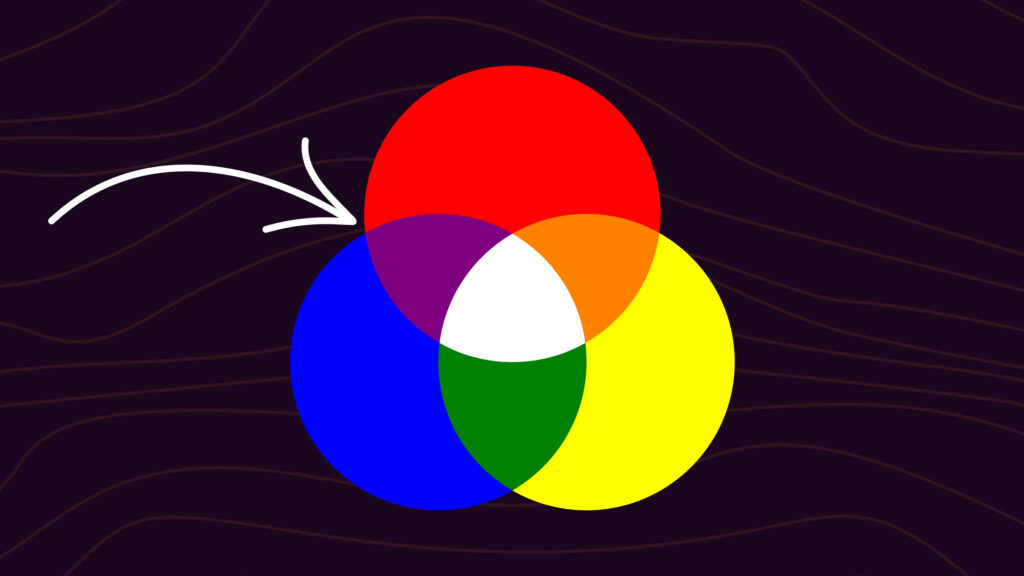What Colors Make Purple? A Comprehensive Guide
Purple is a captivating and complex color that has fascinated artists, designers, and color enthusiasts for centuries. This regal hue is created by combining two primary colors, but the exact combination can vary depending on the medium and personal preferences. In this comprehensive guide, we will explore the different ways to create purple, the science behind color mixing, and the various shades and tones that can be achieved.
1. Understanding Color Theory
To fully grasp the concept of creating purple, it’s essential to have a basic understanding of color theory. The color wheel is a visual representation of how colors relate to one another, and it is divided into three main categories: primary colors, secondary colors, and tertiary colors.
1.1 Primary Colors
The primary colors are red, yellow, and blue. These colors cannot be created by mixing any other colors and serve as the foundation for all other colors.
1.2 Secondary Colors
Secondary colors are created by mixing two primary colors. The secondary colors are orange (red + yellow), green (yellow + blue), and purple (red + blue).
1.3 Tertiary Colors
Tertiary colors are created by mixing a primary color with an adjacent secondary color. Examples of tertiary colors include red-orange, yellow-orange, yellow-green, blue-green, blue-violet, and red-violet.
2. Mixing Colors to Create Purple
There are several ways to create purple, depending on the medium you are working with. Let’s explore the most common methods:
2.1 Mixing Paint
When working with paint, you can create purple by mixing red and blue paint together. The exact shade of purple will depend on the specific hues of red and blue you use. For example, mixing a warm red (such as crimson) with a cool blue (such as ultramarine) will result in a reddish-purple, while mixing a cool red (such as alizarin crimson) with a warm blue (such as cerulean) will create a bluish-purple.
2.2 Mixing Light
In the world of light, such as in digital displays or stage lighting, purple is created by mixing red and blue light. This is known as additive color mixing, where the combination of all three primary colors (red, green, and blue) creates white light. When only red and blue light are combined, the result is purple.
2.3 Mixing Pigments
When working with pigments, such as in colored pencils or markers, purple is created by mixing red and blue pigments together. The resulting shade will depend on the specific pigments used and their ratios.
3. Shades and Tones of Purple
Purple is a versatile color that can range from deep, rich hues to soft, pastel tones. Here are some of the most common shades and tones of purple:
3.1 Violet
Violet is a bluish-purple hue that is often associated with royalty, luxury, and spirituality. It is the color of the violet flower and is the last color of the visible spectrum.
3.2 Lavender
Lavender is a pale, soft purple with a hint of gray. It is often associated with calmness, serenity, and relaxation.
3.3 Plum
Plum is a deep, reddish-purple hue that is often associated with sophistication and elegance. It is named after the color of the plum fruit.
3.4 Eggplant
Eggplant is a deep, bluish-purple hue that is often associated with richness and depth. It is named after the color of the eggplant vegetable.
4. The Psychology of Purple
Purple has long been associated with royalty, luxury, and spirituality. In ancient times, purple dye was extremely rare and expensive, making it a symbol of wealth and power. Today, purple is still often used in luxury branding and packaging.Purple is also associated with creativity, imagination, and individuality. It is often used in the arts and in the branding of creative industries.
5. The Cultural Significance of Purple
Purple has played a significant role in various cultures throughout history. In ancient Rome, only the emperor was allowed to wear purple, and it was considered a symbol of power and authority. In ancient China, purple was associated with the element of wood and was often used in the decoration of temples and palaces.In modern times, purple has been used in various cultural contexts, such as:
- The color of the suffragette movement, which fought for women’s right to vote
- The color of the lupus awareness ribbon
- The color of the Alzheimer’s awareness ribbon
6. Famous Purple Products and Brands
Purple has been used in the branding and packaging of many famous products and brands, such as:
- Cadbury chocolate
- Milka chocolate
- Parma violets
- Ribena
- Kellogg’s Fruit Loops
- Taro bubble tea
- Barney the Dinosaur
7. The Science of Color Mixing
The science behind color mixing is based on the way light interacts with different materials. When light hits an object, some wavelengths of light are absorbed, while others are reflected. The wavelengths that are reflected are the colors we see.When two colors are mixed, the resulting color is a combination of the wavelengths of light that are reflected by both colors. For example, when red and blue light are mixed, the resulting color is purple because the combination of the red and blue wavelengths creates a new wavelength that appears purple to the human eye.
8. Frequently Asked Questions (FAQ)
What colors make purple?
Red and blue are the two primary colors that make purple when mixed together.
What is the difference between violet and purple?
Violet is a bluish-purple hue that is often associated with royalty, luxury, and spirituality. It is the color of the violet flower and is the last color of the visible spectrum.
Can you make purple with only one color?
No, you cannot make purple with only one color. Purple is a secondary color that is created by mixing two primary colors (red and blue).
What are some common shades of purple?
Some common shades of purple include violet, lavender, plum, and eggplant.
What is the cultural significance of purple?
Purple has been associated with royalty, luxury, and spirituality throughout history. In ancient times, purple dye was extremely rare and expensive, making it a symbol of wealth and power.
Where can I find more information about color theory?
For more information about color theory, you can refer to the Wikipedia page on color theory.
Summary Table
| Color Mixing Medium | Colors Used to Make Purple |
|---|---|
| Paint | Red and blue |
| Light | Red and blue |
| Pigments | Red and blue |
In conclusion, purple is a captivating and complex color that is created by mixing red and blue together. Whether you are working with paint, light, or pigments, understanding the science behind color mixing is essential for creating beautiful and vibrant purples. By exploring the different shades and tones of purple and its cultural significance, we can appreciate the depth and richness of this regal hue.



